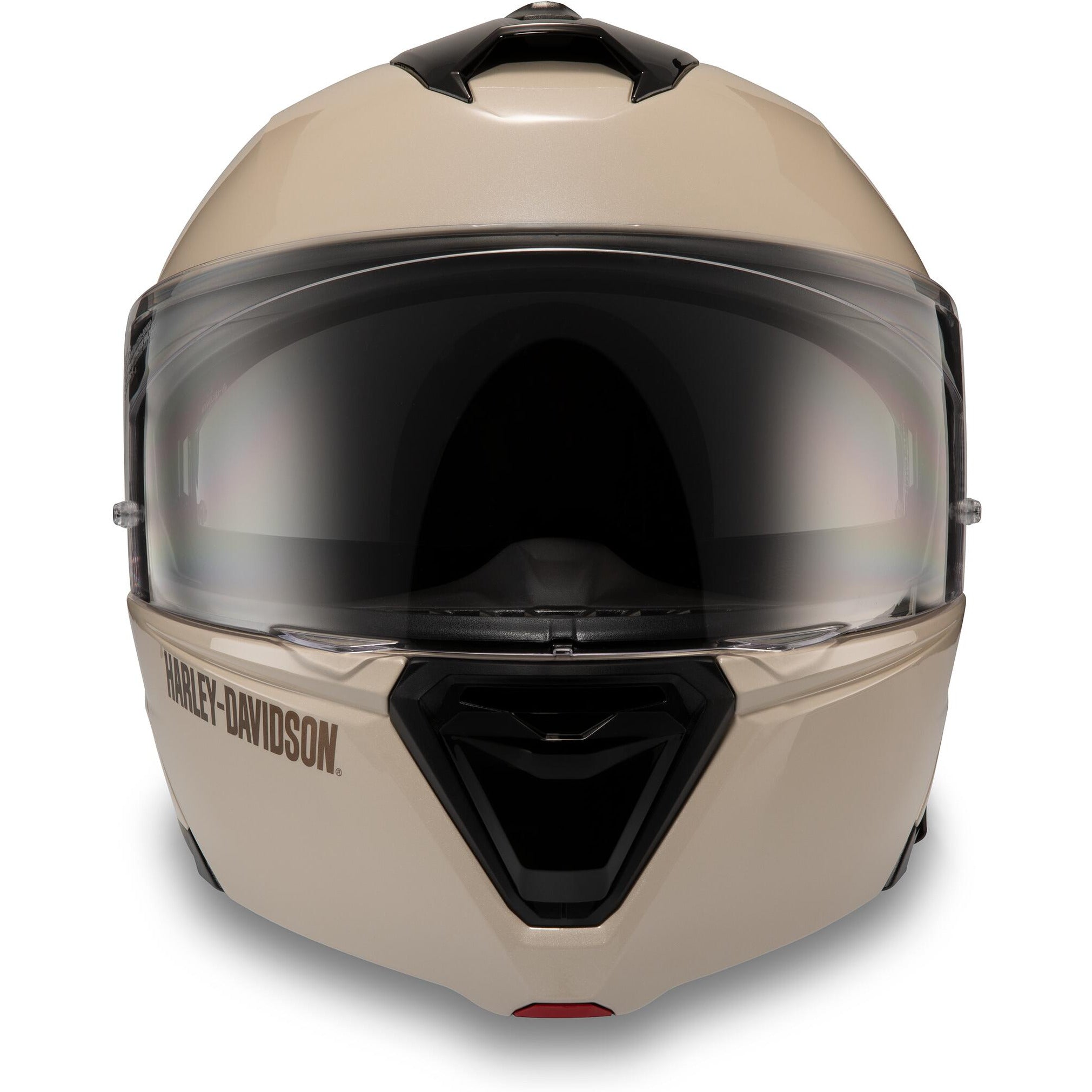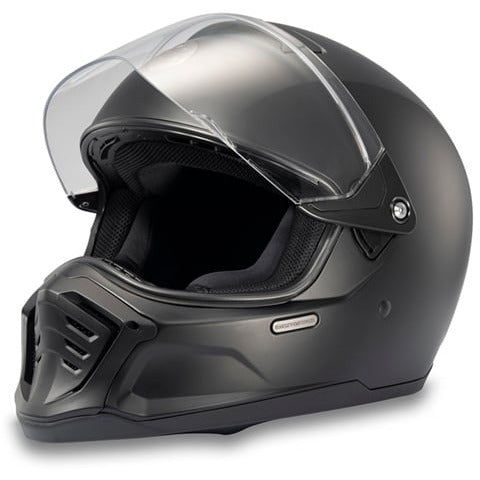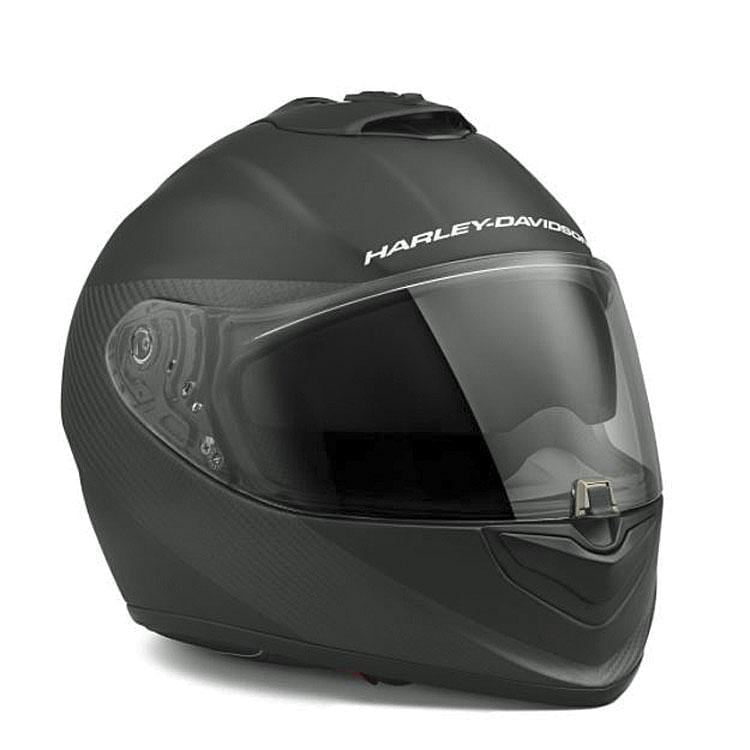Do Motorcycle Helmets Work?
Key Points
- Motorcycle helmets significantly reduce the risk of head injuries and fatalities in accidents.
- Motorcycle helmet laws vary by state, but the CDC recommends all riders wear helmets.
- Helmets work by absorbing and distributing crash impact, protecting the head and face.
- Full-face helmets offer more protection than half-face helmets.
- Consider riding style, climate, fit, and budget when choosing a helmet.
- Proper helmet fit and secure fastening are crucial for effectiveness.
Do Motorcycle Helmets Work? A Comprehensive Guide to Motorcycle Helmet Safety
"Helmets can reduce the risk of head injury by up to 69% and the risk of death by up to 42%." - National Highway Traffic Safety Administration (NHTSA)
Introduction
Motorcycles are a popular mode of transportation, offering riders a sense of freedom and adventure that is unmatched by other vehicles. However, motorcycle riding also comes with inherent risks, and motorcycle accidents are a leading cause of death and injury. In fact, according to the National Highway Traffic Safety Administration (NHTSA), motorcyclists are 29 times more likely to die in a crash than passenger car occupants.
Head injuries are the leading cause of death in motorcycle accidents, accounting for over 60% of all motorcycle fatalities. The vast majority of these head injuries could be prevented by wearing a motorcycle helmet.
Motorcycle Helmet Laws
In an effort to reduce the number of motorcycle fatalities and injuries, many states have laws requiring motorcyclists to wear helmets. These laws vary from state to state, with some states requiring all motorcyclists to wear helmets, while others only require helmets for certain riders, such as those under the age of 18 or those riding without a motorcycle endorsement.
The effectiveness of helmet laws is a matter of debate. Some studies have shown that helmet laws reduce motorcycle fatalities and injuries, while other studies have shown no significant effect. However, the Centers for Disease Control and Prevention (CDC) recommends that all motorcyclists wear helmets, regardless of whether or not they are required by law.

Title: HARLEY-DAVIDSON® CAPSTONE SUN SHIELD II H31 MODULAR HELMET-WHITE
Price: £247.33
SHOP NOW
How Motorcycle Helmets Work
Motorcycle helmets are designed to protect the rider's head in the event of an accident. They work by absorbing the impact of the crash and distributing it over a wider area of the head. This helps to reduce the risk of skull fractures, brain injuries, and other serious head injuries.
Helmets also protect the rider's face from wind and debris. This can help to prevent eye injuries, facial lacerations, and other injuries.
Types of Motorcycle Helmets
There are two main types of motorcycle helmets: full-face helmets and half-face helmets.
Full-Face Helmets
Full-face helmets offer the most protection, as they cover the entire head, including the face. This makes them ideal for riders who are at high risk of a crash, such as those who ride in heavy traffic or at high speeds.

Title: HARLEY-DAVIDSON® HYDE WAY 120TH ANNIVERSARY X13 FULL FACE HELMET
Price: £224.85
SHOP NOW
Half-Face Helmets
Half-face helmets offer less protection than full-face helmets, as they only cover the top and back of the head. However, they are more comfortable and less expensive than full-face helmets, making them a popular choice for casual riders.
Choosing a Motorcycle Helmet
When choosing a motorcycle helmet, it is important to consider the following factors:
- The type of riding you will be doing: If you are planning to do a lot of highway riding, you will need a helmet that offers more protection than a helmet that is designed for casual riding.
- The climate in which you will be riding: If you live in a hot climate, you will need a helmet that is well-ventilated.
- Your head size and shape: It is important to try on a helmet before you buy it to make sure that it fits snugly. A helmet that is too loose will not provide adequate protection, while a helmet that is too tight will be uncomfortable to wear.
- Your budget: Motorcycle helmets can range in price from a few hundred dollars to over a thousand dollars. It is important to set a budget before you start shopping so that you can narrow down your choices.
Wearing a Motorcycle Helmet Properly
In order to be effective, a motorcycle helmet must be worn properly. This means that:
- The helmet should fit snugly on the rider's head. There should be no space between the helmet and the rider's head.
- The helmet should be fastened securely under the chin. The strap should be tight enough to keep the helmet in place, but not so tight that it is uncomfortable.
Conclusion
Motorcycle helmets are an important safety device that can help to reduce the risk of head injuries in motorcycle accidents. All motorcyclists should wear a helmet whenever they ride. Choosing and wearing a motorcycle helmet properly is essential for maximizing its effectiveness.

Title: HARLEY-DAVIDSON® BRAWLER SUN SHIELD X09 MATTE BLACK FULL FACE HELMET
Price: £449.70
SHOP NOW
Outbound Links:
Table of Contents
- Motorcycle Helmet Safety
- Motorcycle Helmet Laws
- How Motorcycle Helmets Work
- Types of Motorcycle Helmets
- Choosing a Motorcycle Helmet
- Wearing a Motorcycle Helmet Properly
- Conclusion
- Outbound Links
FAQ
Do motorcycle helmets effectively prevent head injuries?
Answer: Yes, motorcycle helmets significantly reduce the risk of head injuries in a crash, including skull fractures, brain injuries, and other severe head trauma.
Are motorcycle helmets required by law in all states?
Answer: Helmet laws vary across states. Some states have universal helmet laws, requiring all motorcyclists to wear helmets, while others have partial laws, applying to specific rider categories or riding conditions. Check your local laws for precise requirements.
What are the main types of motorcycle helmets, and how do they differ?
Answer: The two primary types of motorcycle helmets are:
Full-Face Helmets: These offer maximum protection, covering the entire head, including the face, providing the best shield against impact and debris.
Half-Face Helmets: They cover the top and back of the head, providing less protection but are often preferred for comfort and breathability in warmer climates.
What factors should I consider when choosing a motorcycle helmet?
Answer: When selecting a helmet, consider the following:
Riding Style and Purpose: Choose a helmet that matches your riding preferences, whether it's highway commuting, off-road adventures, or casual rides.
Climate: If you ride in hot weather, opt for a well-ventilated helmet to ensure comfort.
Fit: Try on different helmets to find one that fits snugly and comfortably on your head.
Safety Features: Look for helmets with safety certifications like DOT, ECE, or Snell, indicating compliance with safety standards.
How should I properly wear a motorcycle helmet?
Answer: To wear a helmet correctly:
Snug Fit: Ensure the helmet fits snugly on your head, with no gaps between the helmet and your head.
Secure Fastening: Fasten the helmet securely under your chin. The strap should be tight enough to keep the helmet in place but not uncomfortably tight.
Position: Make sure the helmet sits level on your head, covering your forehead and not tilting back or forward.